Trace monotypes are created, as the name suggests, by directly tracing a drawing over an inked plate. Endless variations due to offsetting may be possible with this monotype-like process.
A Brief History
Paul Gauguin (1848–1903) invented a system called “traced monotypes,” where he rolled out printer’s ink on a sheet of paper and then placed a blank sheet of paper on top of the inked one.
He proceeded to draw on the top sheet, and as he worked, the pressure from his pencil pressed the entire sheet into the inked sheet underneath, creating an ink image on the front, or recto, side of the paper. It echoed the pencil drawing on the reverse, or verso, side.[1]
Gauguin referred to these works as “printed drawings.” We now refer to them as “trace monotypes,” or “traced monotypes.”
The Process
Ink a plant and then place a sheet of paper on top of the inked plate. This may or may not have a drawing on the side opposite the ink. If not, draw anything directly onto the paper with a stylus or other blunt tool, which will transfer the marks onto the paper from the ink on the other side. If it has a drawing on it, trace over the drawing with a stylus or other blunt tool.
This video below is from the exhibition "Gauguin: Artist as Alchemist" breaks down Gauguin’s process for making transfer drawings step by step. Follow along to discover how the artist created ethereal layered effects and embraced chance results. [2]
Methods
You can make a trace monotype of virtually any image created in a wet medium on a nonabsorbent surface. All that you need is pigment, a plate, paper, and pressure. With these basic materials, your options are unlimited (Camhy, 2017). There are two main methods of making trace monotypes:
- The additive method or light-field method is created in which the image is traced by adding or building up pigment onto the paper.
- The subtractive method or dark-field method is created when the entire paper is first covered with a thin layer of pigment. The artist then works out the image by using the paper as "carbon paper."
 |
| Trace Monotype Example, Using the Additive Method. |
In the example above, the additive method was used, in which the image is tracing on paper over the inked plate. The trace monotype was created by sketching or tracing with a thumbnail onto the paper that is over a plate with oil-based black paint spread evenly with a brayer. The paper turns into or acts like carbon paper, transferring only where it contacts the ink.
References
1. Camhy, Sherry. (2017, winter). Painterly Prints: Monotype and Monoprint. Drawing Magazine. p. 20.
2. The Art Institute of Chicago. (2022). Exhibition: "Gauguin: Artist as Alchemist". The Art Institute of Chicago. Retrieved in 2024.
Back to Top ↑
